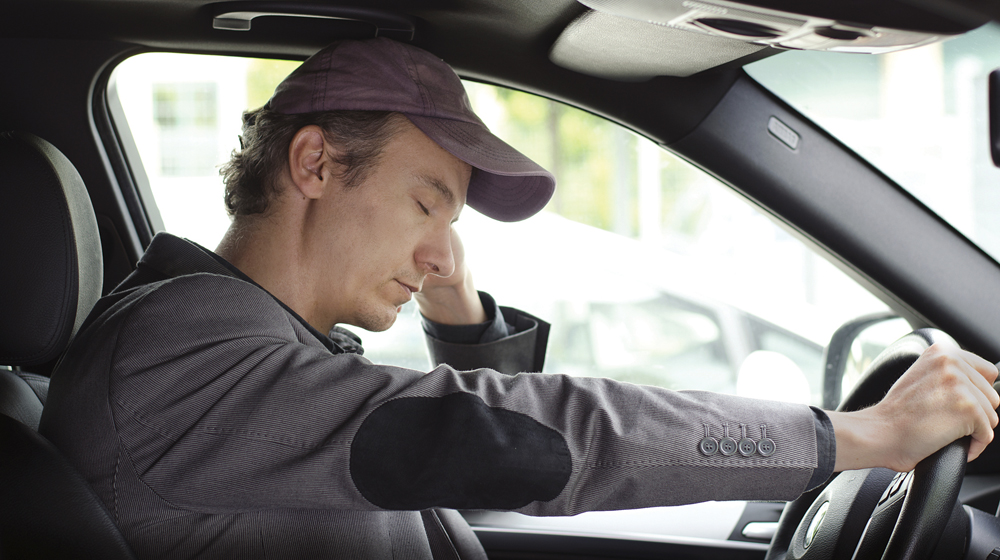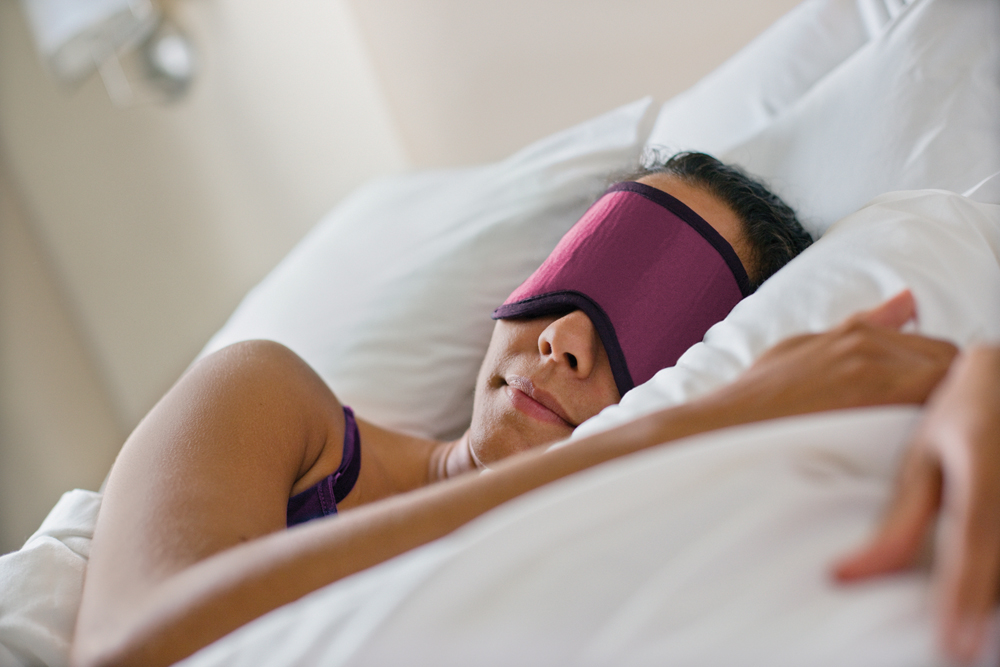You are… getting sleepier.
The road is long and even longer when drivers start to nod off.
Driving drowsy also makes it a far-riskier trip. Each year there are about 100,000 accidents across North America that are linked to driver fatigue, according to the National Sleep Association.
They happen because driving when you’re overtired is the equivalent of driving drunk, says an Alberta-based sleep expert.
Dr. Adam Moscovitch, medical director at the Sleep and Fatigue Institute in Calgary, says being awake for 20 hours impairs driving ability as much as having a blood alcohol level of .08.
Read Also

Giant Canada geese have gone wild in Manitoba
Giant Canada geese are seemingly everywhere and can be fine table fare for local hunters, but 70 years ago, they were borderline extinct.
“It’s been demonstrated in a multitude of studies, at least 10 studies using driving simulators that compare fatigue to different levels of intoxication,” he said.
“Sleep deprivation, whether because of not sleeping enough or by having an underlying sleep disorder that’s not being treated can result in a very significant degree of impairment,” he said.
Society should take driver fatigue more seriously, says Moscovitch. But there is no way of measuring driver fatigue, or ‘fatigue-alzyer’ although efforts are being made to develop one.
“We don’t yet have a quick and easy way, as we have with the breathalyzer test, to measure fatigue impairment, in a simple cost-effective way by the roadside,” he said.
Collisions low but…
The number of collisions in Manitoba directly linked to driver fatigue is very low, according to Manitoba Public Insurance (MPI) five-year data. Between 2008 and 2012 statistics show fatigue-related collisions represented less than one per cent of all collisions.
But those numbers don’t tell the whole story, says an MPI spokesman.
That’s because they only reflect what drivers admit. If they don’t identify their own fatigue, or worse, haven’t lived to tell — fatigue as a cause of an accident goes unrecorded.
“We do know that Manitobans get into collisions because of fatigue, absolutely,” said Brian Smiley. “But it’s self-reported. Without conclusive evidence, either in police reports or independent witnesses there’s really no way we can capture that data in terms of drowsy driving.”
The biggest concern is that collisions from drowsy driving tend to be very serious.
“Typically the driver will leave the roadway or crash into another vehicle,” said Smiley. “The consequences can be a fatality, or they can kill other people. That’s all happened in the past.
“Driving is a very complex task and it requires 100 per cent of attention from the driver. If someone is fatigued, they’re not going to be able to make wise decisions or quick decisions during the course of driving that vehicle. “
Sleep experts generally define drowsy driving as being either sleepy or fatigued to the point where the driver’s ability to operate a motor vehicle safely is impaired.
Inadequate sleep or accumulated sleep debt, the use of medications or alcohol while driving, or undiagnosed or untreated sleep disorders, all contribute to fatigue, which in turn impairs alertness and judgment.
Take a nap
Ideally, no one should be driving tired in the first place, says a Canadian Automotive Association (CAA) spokeperson.
You’ve put yourself and others at risk whenever you get behind the wheel tired because your reaction time is slowed, says Liz Kulyk.
But we all do it.
“Drowsy driving is something that’s pretty epidemic,” Kulyk said.
CAA’s main message is to be more aware of our physical tiredness to be able to tell ourselves we’re too tired to drive.
You’re already exhibiting physical symptoms if your eyelids feel “heavy,” or your eyes feel dry, or you’re feeling irritable, she said. Trouble focusing on the road, being unable to concentrate, yawning or head bobbing are all signs you’re actually physically falling asleep.
“When that’s happening you need to pull over,” said Kulyk. A 20-minute nap in a rest area can be very helpful. Your coffee will keep you awake only temporarily, for perhaps a half-hour to an hour, she said.
“Don’t plan to use it knowing you won’t have enough time to sleep ahead of time,” she said.
Smiley said driver fatigue is a particularly big concern for younger drivers. If they’ve been up all night they’re too tired to be in the driver’s seat, even if they’ve sobered up.
“They’ve been up all day and all night. Their bodies can only sustain that for so long,” said Smiley.
















